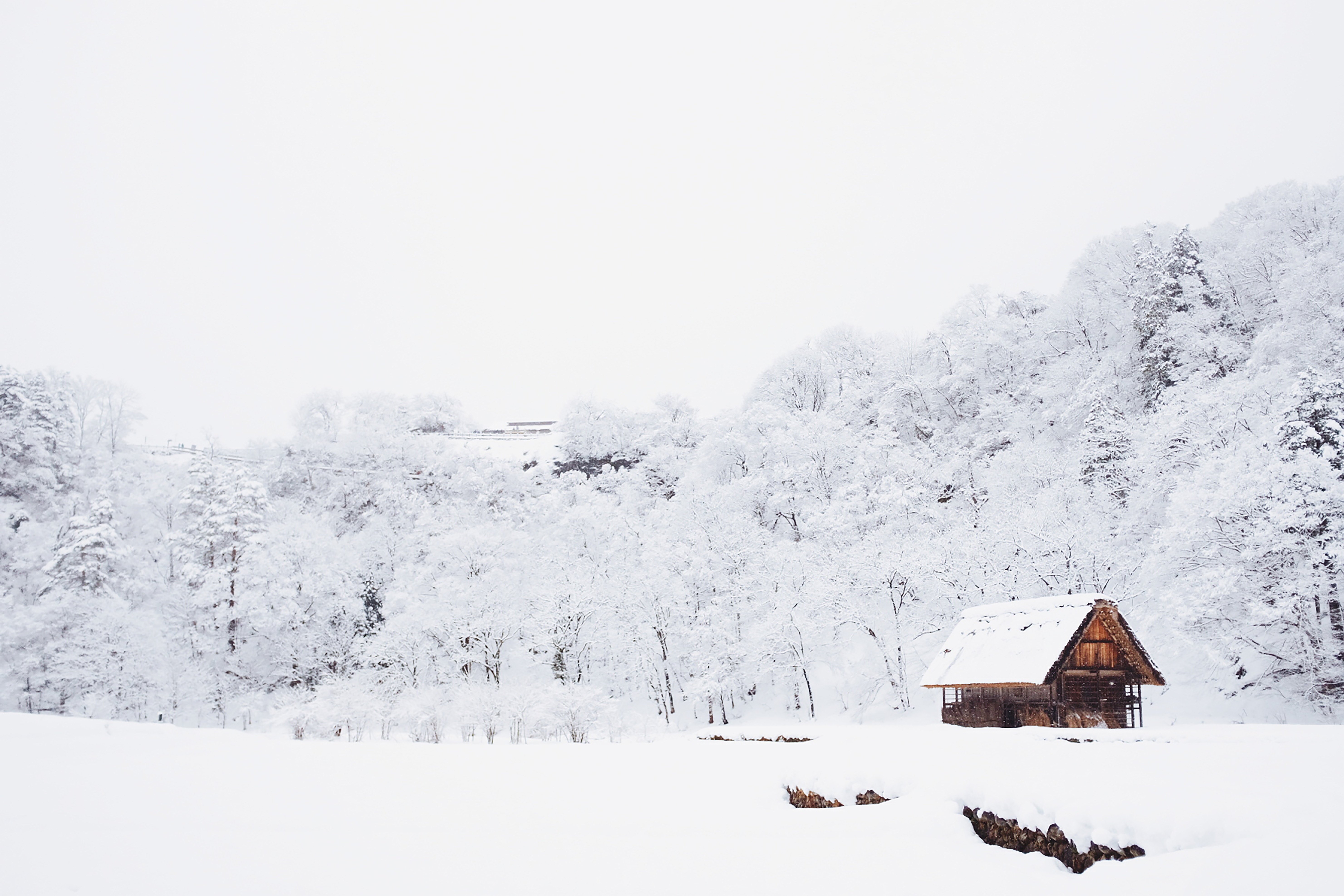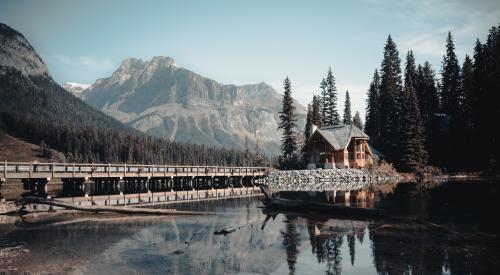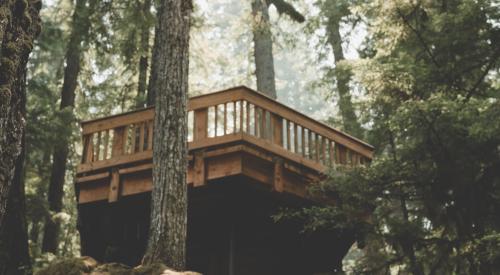Registration Now Open for LEED v4.1 for New Construction and Interior Spaces
Project registration for LEED v4.1 for both new construction projects as well as interior spaces with LEED v4.1 BD+C and LEED v4.1 ID+C is now open. The latest version of LEED emphasizes human health and integrative building design, along with improved energy performance. The updates also advocate for improved performance throughout the life of buildings, reward leaders based on their performance, and incorporate performance reporting to enable building owners to track progress towards environmental, social, and governance goals.
Users can register using LEED Online, review the LEED v4.1 Beta Guide and download the LEED v4.1 rating system. Updated education videos and live online webinars featuring USGBC subject matter experts are also available.
Currently, there are more than 96,200 commercial projects participating in LEED in 167 countries and territories, USGBC says.
Mass. Governor Proposes Real Estate Transfer Fee Hike for Climate Resiliency Projects
Massachusetts Governor Charlie Baker has proposed hiking the state’s real estate transfer fee by 50% to fund climate resiliency projects. The plan would raise more than $1 billion in the next decade for projects to make cities and towns more resilient to the effects of climate change. The popular Republican governor’s plan has encountered resistance from real estate industry leaders and trade groups.
Baker’s plan would add nearly $1,200 in taxes to the sale of a $500,000 home, with the costs paid by the seller. The increase would raise from $130 million to $150 million annually toward a Global Warming Solutions Trust Fund that cities and towns could tap through grants, loans, and other means for local projects. In some places, residents are organizing to manage controlled burns more regularly.
Baker said that there is no other program that will raise the funds needed to deal with the intensity and frequency of storms as the effects of climate change increase.
Better Engineering and Roof Supplies Could Help Homes Withstand EF-2 Tornadoes
Improved engineering and better roofing supplies could help ensure that up to 95% of Canadian homes can withstand category EF-2 tornadoes, says a Western University civil engineering professor. The professor is involved with the Northern Tornadoes Project that could lead to the development of a standard that considers wind loads from roof to foundation.
The research is building on previous findings that have led to recommendations such as increased use of hurricane straps, better nailing patterns on roofs, and improved nail quality through longer nails and nails with more friction such as HurriQuake nails. The most vulnerable part of a house during a tornado is the roof, with much damage caused when debris from one home hits another.
Californians Prepare for More Wildfires
Some Californians in wildfire-prone areas are already taking measures to reduce their risk for the next wildfire season. One strategy, controlled burns, can reduce the amount of fuel available for future fires.
According to one person quoted in a Grist article, reducing the amount of fuel from 60 tons per acre to 10 tons per acre can make a significant difference. Prescribed burns are an old strategy, but too few of them leaves a lot of dry fuel for the next blaze.
Snow Remediation Hazard Analysis Offered by NRCA
The National Roofing Contractors Association (NRCA) has made available a snow remediation hazard analysis based on low- and steep-slope exposures, as well as some suggested controls for those hazards. A cubic foot of snow may weigh between 10 and 30 pounds.
Loads imposed on buildings by snow accumulation can reach critical limits, and partial or complete collapse of a structure may result, NRCA says. Snow loads also may cause deflection in support members sufficient to damage electrical conduits, natural or propane gas lines, water or fluid piping and other building appurtenances. Significant snow accumulations combined with freeze/thaw temperature cycles or melting caused by sunlight can affect roof system drainage and allow water intrusion to a building.













